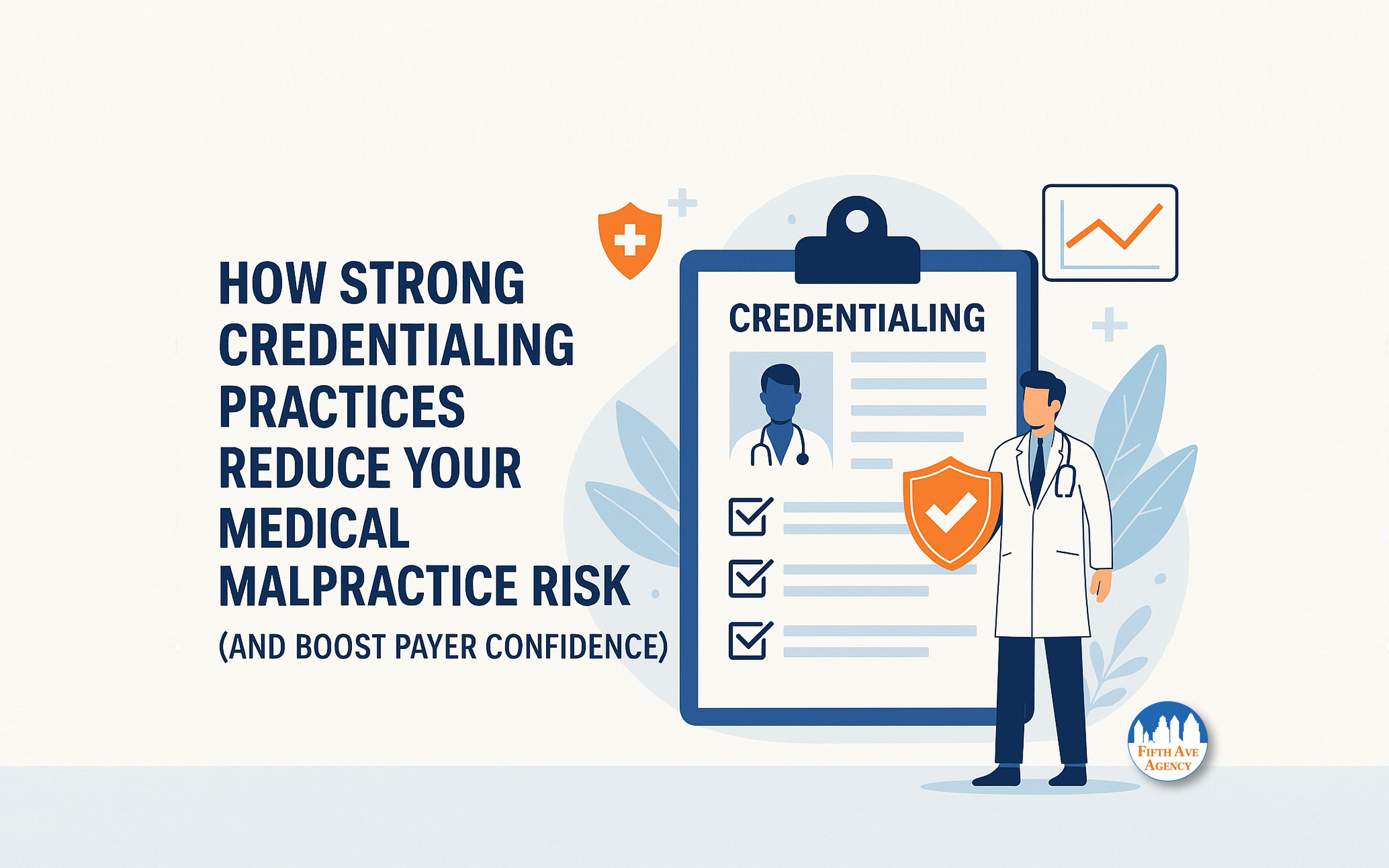Over 17,000 medical malpractice cases are filed in the United States each year. Unfortunately, 75% of physicians in low-risk and 99% in high-risk specialties have had to deal with a malpractice claim at some point in their careers.
Medical malpractice law in the United States is derived from 19th-century English common law. However, the regulations and punishments for a doctor’s negligence go back even further. The history of medical malpractice shows the evolution of law and accountability.
Here are nine historically important medical malpractice dates.

1. Medical Malpractice in 1754 BC
Hammurabi was the sixth king of the First Babylonian dynasty. He enabled Babylonian dominance like any ancient ruler would – through military might and treachery. While he was aggressive regarding foreign matters, he was concerned with the welfare of his people. Law and justice were foremost on his agenda.
The Code of Hammurabi is one of the earliest recorded law codes written, laying the foundation for modern medical malpractice law. Within the code are sections relating to medical negligence. This set of rules established standards for commercial transactions, setting fines and punishments for any offenses. One popular discipline was severing the physician’s hands if a patient died under his care.
2. Medical Malpractice in the 5th Century BC
“Do no harm.”
Hippocrates was a Greek physician considered the “Father of Medicine.” He pioneered clinical observation and was instrumental in the categorization of diseases. Popular thought suggests he also created the Hippocratic Oath, an oath of ethics taken by physicians who pledge to practice medicine by a set of standards.
The oath has undergone many changes through the centuries, but the basic principle of “do no harm” persists.
3. Medical Malpractice in 1374
Stratton vs. Swanlord was a landmark case in medical malpractice law. It is the earliest reported case.
A surgeon was tasked with repairing a woman’s mangled hand. The procedure was not successful, despite the woman’s claims that the surgeon said he could cure her. As a result, she and her husband sued the surgeon for breach of contract.
The case was dismissed due to technical errors, but the judge, Chief Justice John Cavendish, ruled that physicians could only be held liable when they were negligent. If the physician performs to the best of his ability and the outcome is less than desired, they would not be liable.
4. Medical Malpractice in 1794
The first documented case in the United States happened just after the nation’s founding. A husband sued a doctor after his wife died from an operation. Before the surgery, the doctor promised to operate to the best of his ability.
The husband claimed that the doctor operated on his wife in an “aggressive and cruel manner,” which led to the woman’s death.
The husband was awarded 40 English pounds. That amounts to just over $4,000 in today’s United States money.
5. Medical Malpractice in 1847
The American Medical Association (AMA) was founded in 1847 to “promote the science of medicine and the betterment of public health.” In addition to setting standards for medical education, the AMA designed the world’s first national code for ethical use. The AMA Code of Medical Ethics contains the principles physicians commit to when practicing medicine.
6. Medical Malpractice in 1835-1865
Medical malpractice claims began to appear more and more in the 1800s, primarily focusing on fractures and dislocations gone horribly wrong. It was common back then for doctors to try to save injured limbs, not amputate them. Many doctors were sued because lawyers claimed the doctors weren’t skilled or diligent enough.
7. Medical Malpractice in The 1970s
The 1960s saw a boom in malpractice claims as complex treatments with higher risks of harm emerged. This sudden growth of litigation resulted in states passing laws that capped the amounts of certain types of damages. This was an effort to keep doctors’ insurance premiums from skyrocketing.
8. Medical Malpractice in The 1980s
Malpractice law saw a monumental landmark when the state of New York passed Libby Zion Law in 1989. This legislation limited the hours resident physicians work and led to reforms across the United States.
In 1984, Libby Zion was admitted to the hospital and treated by two physicians, who Libby’s father claimed was overworked. Libby died under their care at the age of 18.
9. Medical Malpractice in 2017
Malpractice laws have come a long way from the Code of Hammurabi. So have regulations health care providers must adhere to lower their chances of poorly treating their patients.
Despite these safeguards, doctors are human beings and still make mistakes occasionally.
- 6% of doctors are responsible for about 60% of all malpractice payouts.
- Surgery errors are the leading cause of claims from inpatient incidents.
- As of 2017, the cost of medical malpractice in the United States is around $55.6 billion.
Conclusion
Physicians still strive to do no harm. However, over 17,000 medical malpractice cases are filed annually in the United States. Unfortunately, 75% of physicians in low-risk and 99% in high-risk specialties have had to deal with a malpractice claim at some point in their careers.
A physician needs to prepare as best they can for this. Protect their practice, themselves, and their patients and implement best practices to help prevent medical malpractice.
Read more about preventing medical malpractice in this article, The 4 Cs of Medical Malpractice Prevention.
More information about Fifth Avenue Agency
Fifth Avenue Agency specializes in MPLI and medical malpractice insurance, serving 1000s of providers nationwide. Fifth Avenue Agency is part of the Fifth Avenue Healthcare Services family. Sister companies include 5ACVO (credentialing and primary source verification specialists) and Primoris Credentialing Network (credentialing and provider enrollment specialists with 54+ health plan and network provider enrollment options).
Fifth Avenue Agency initially published this article here. For information on Fifth Avenue Agency, please visit FifthAvenueAgency.com or Contact Us.

















